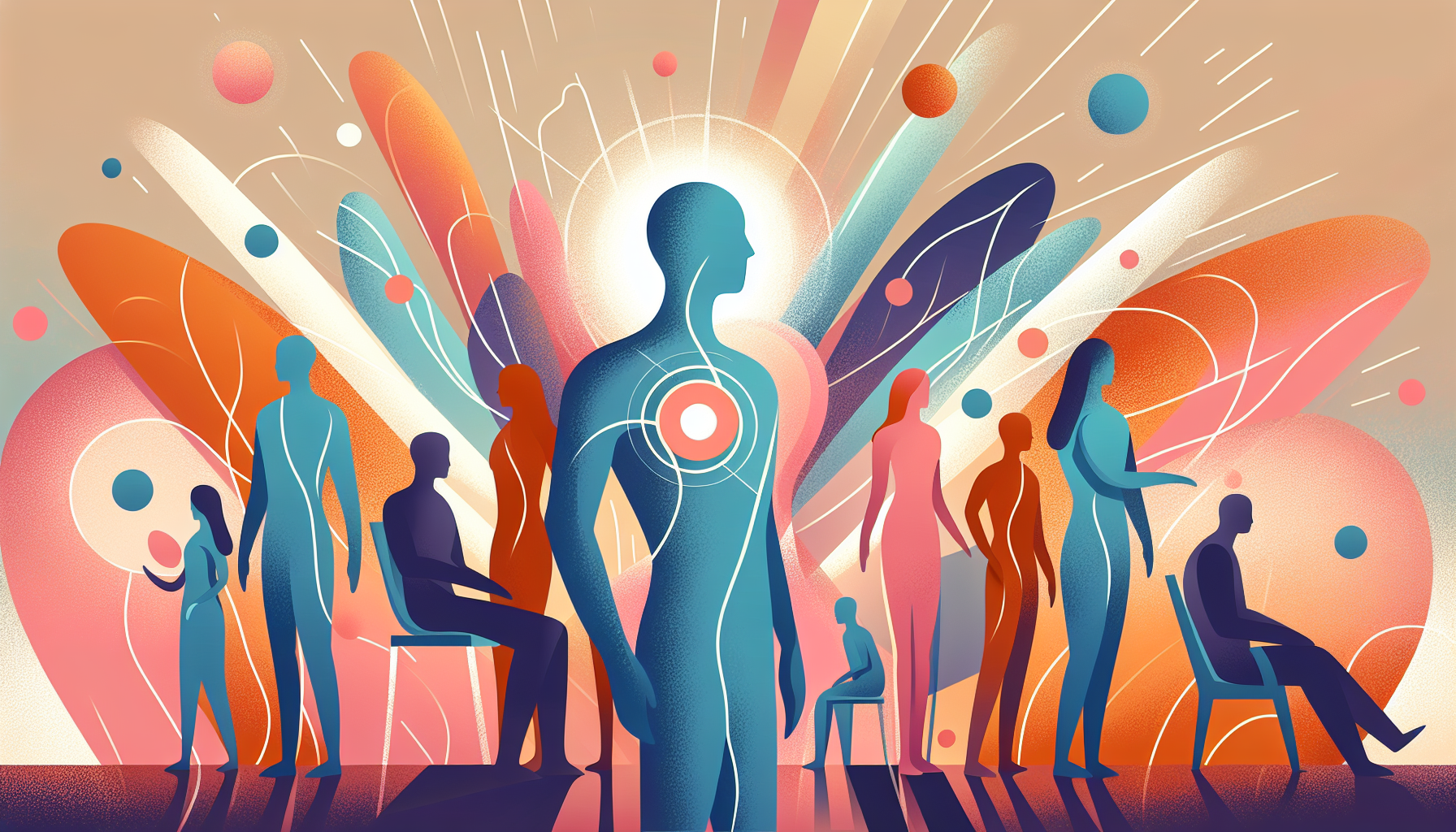Does Gabapentin Help with Sciatica?
Sciatica can cause sharp pain that shoots down your leg, making simple tasks hard. Many people wonder if gabapentin, a common medication, can ease this pain. This article [...]
Read More
Medically reviewed by Abhijit Bhattacharyya | MD, PhD, MBA, Tufts University School of Medicine - Miami, Florida on July 17th, 2023.
Anemia is a condition in which your body doesn't produce enough healthy red blood cells or hemoglobin, the protein that carries oxygen to your body's tissues. While iron-deficiency anemia is the most common type, there are several rare forms of anemia that affect a smaller number of people. In this article, we'll explore these rare types of anemia, their causes, symptoms, and available treatment options.
Aplastic anemia occurs when the stem cells in your bone marrow are damaged and can't produce enough new blood cells. This type of anemia can be inherited or acquired. Acquired causes include autoimmune diseases, exposure to chemicals, infections, and radiation or chemotherapy treatments for cancer. Symptoms may include shortness of breath, dizziness, headaches, pale skin, chest pain, fast heart rate, and cold hands and feet. Treatment options include blood transfusions and stem cell transplants.
Sideroblastic anemia is a group of blood disorders in which your body can't use iron to make hemoglobin, leading to the formation of abnormal red blood cells called sideroblasts. There are two main types: acquired sideroblastic anemia, caused by exposure to certain chemicals or drugs, and hereditary sideroblastic anemia, caused by a gene mutation that disrupts normal hemoglobin production. Symptoms include chest pain, fast heartbeat, headaches, trouble breathing, weakness, and fatigue. Treatment depends on the cause and may include avoiding the triggering chemical or drug, vitamin B6 therapy, and bone marrow or stem cell transplants.

Myelodysplastic syndromes (MDS) are a type of cancer caused when your bone marrow is damaged and can't produce enough healthy blood cells. Some people are born with a gene that causes MDS, while others may develop it after radiation or chemotherapy treatment for cancer or exposure to chemicals like benzene. Symptoms may include bruising or bleeding, infection, fever, shortness of breath, weakness, fatigue, and weight loss. Treatment options include chemotherapy, hematopoietic growth factors, and stem cell or bone marrow transplants.
Autoimmune hemolytic anemia occurs when your body's immune system attacks and destroys red blood cells faster than it can produce new ones. This type of anemia is more likely to occur in people with autoimmune diseases like lupus or as a result of certain medications. Symptoms include fatigue, pale skin, fast heartbeat, trouble breathing, chills, backache, and yellow skin (jaundice). Treatment involves addressing the underlying cause, such as treating the autoimmune disease with steroid drugs to calm the immune system.
CDA is a group of inherited anemias that reduce the number of healthy red blood cells in the body. There are three types of CDA, with type 2 being the most common and type 3 being the rarest. Symptoms include chronic anemia, fatigue, jaundice, pale skin, and missing fingers and toes at birth. Treatment options, depending on the severity, may include blood transfusions, stem cell transplants, or medications to lower iron levels or interferon alfa-2A.
Diamond-Blackfan anemia is caused by genetic changes that prevent the bone marrow from producing enough red blood cells. Symptoms include fast heartbeat, fatigue, heart murmur, irritability, pale skin, short height, sleepiness, and weak bones. Treatments may include steroids to help produce more red blood cells, red blood cell transfusions, and bone marrow transplants.
Megaloblastic anemia occurs when the bone marrow produces abnormally structured red blood cells that are too large and too young, making them ineffective at carrying oxygen throughout the body. This type of anemia is caused by a deficiency in vitamin B12 or vitamin B9 (folate). Symptoms may include dizziness, fatigue, diarrhea, nausea, fast or irregular heartbeat, muscle pain or weakness, pale skin, and trouble breathing. Treatment involves vitamin B9 and vitamin B12 supplements and addressing any underlying conditions that may have caused the vitamin deficiency.
Fanconi anemia is a hereditary condition that causes the bone marrow to produce too few blood cells. Symptoms and physical traits include abnormal thumbs, easy bruising and bleeding, fatigue, frequent infections, heart, kidney, and bone problems, skin color changes, and small body, head, and eyes. People with Fanconi anemia have a higher risk of developing acute myeloid leukemia (AML) and other cancers. Treatment options include hormone therapy, growth factors to boost blood cell growth, and bone marrow stem cell transplants, which can potentially cure the condition.
If you suspect that you or a loved one may have one of these rare types of anemia, it's essential to consult with a healthcare professional for an accurate diagnosis and appropriate treatment plan. With proper care and management, many people with these conditions can lead healthy and fulfilling lives.
For more information on rare types of anemia, visit:
Sciatica can cause sharp pain that shoots down your leg, making simple tasks hard. Many people wonder if gabapentin, a common medication, can ease this pain. This article [...]
Read MoreBack pain is one of the most common health complaints, affecting millions of people worldwide. If you have back pain, you might have heard about gabapentin as a possible [...]
Read MoreIf you take gabapentin, you might wonder if it will show up on a drug test. This question matters for many people, whether it’s for work, sports, or legal reasons. Gabapentin [...]
Read More